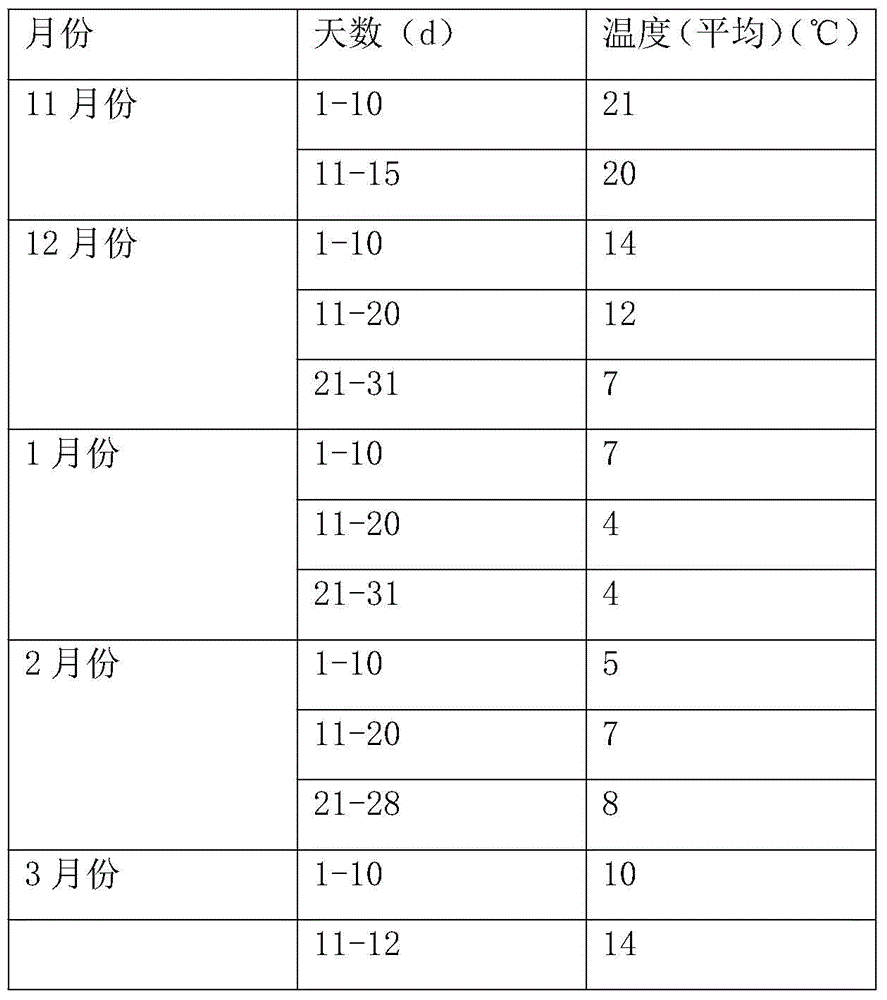High-yield pea planting method
A planting method and pea technology, applied in the field of crop cultivation, can solve problems such as poor benefit and low yield
- Summary
- Abstract
- Description
- Claims
- Application Information
AI Technical Summary
Problems solved by technology
Method used
Image
Examples
Embodiment 1
[0019] Embodiment 1 The steps of the method of the present invention are:
[0020] (1) Deep plowing and finishing, and enough base fertilizer
[0021] Choose loose and fertile neutral soil rich in organic matter, plow the soil deeply by 30-40cm, level it and rake it finely, fully dry and weather it, then finely crush the topsoil, open ditches and furrows, apply enough base fertilizer, and apply decomposed farmhouse per mu Fertilize 2,500 kg. For fields with poor soil fertility and early-maturing varieties with a short growth period, 10 kg of urea should be added to the base fertilizer to meet the needs of seedling growth.
[0022] (2) Adapt measures to local conditions and select fine varieties
[0023] There are many kinds of peas, and their uses are also different. The appropriate varieties should be selected according to the local climate conditions and uses. Generally, Zhongwan No. 4, Zhongwan No. 6 (for grain), white peas, snow peas (for eating tender pods), Mid-to-earl...
Embodiment 2
[0032] Embodiment 2 yield comparative test
[0033] Test variety: Zhongwan No. 4, a dwarf variety, planting area of the plot: 20M 2 , Region: Shandong.
[0034] Description of the test: Take Zhongwan No. 4 (for grain) as the test variety, plant in spring sowing and film-covered overwintering according to the method of the present invention, choose loose and fertile soil, neutral soil rich in organic matter, and plow the soil deeply for 30 days. -40cm, leveled and raked finely, fully sun-dried and weathered, then finely crushed topsoil, ditching and furrowing, applied enough base fertilizer, and applied 2,500 kg of decomposed farmyard manure per mu. When sowing, apply 25 kg of superphosphate, 10 kg of potassium sulfate, 7 kg of urea per mu before flowering and pod formation, and low-nitrogen ternary compound with N:P:K ratio of 6:24:24 per mu during flowering and pod formation. 5 kg of fat. The sowing row spacing is 40cm, the plant spacing is 3cm, about 55,000 seedlings pe...
PUM
 Login to View More
Login to View More Abstract
Description
Claims
Application Information
 Login to View More
Login to View More - R&D
- Intellectual Property
- Life Sciences
- Materials
- Tech Scout
- Unparalleled Data Quality
- Higher Quality Content
- 60% Fewer Hallucinations
Browse by: Latest US Patents, China's latest patents, Technical Efficacy Thesaurus, Application Domain, Technology Topic, Popular Technical Reports.
© 2025 PatSnap. All rights reserved.Legal|Privacy policy|Modern Slavery Act Transparency Statement|Sitemap|About US| Contact US: help@patsnap.com

